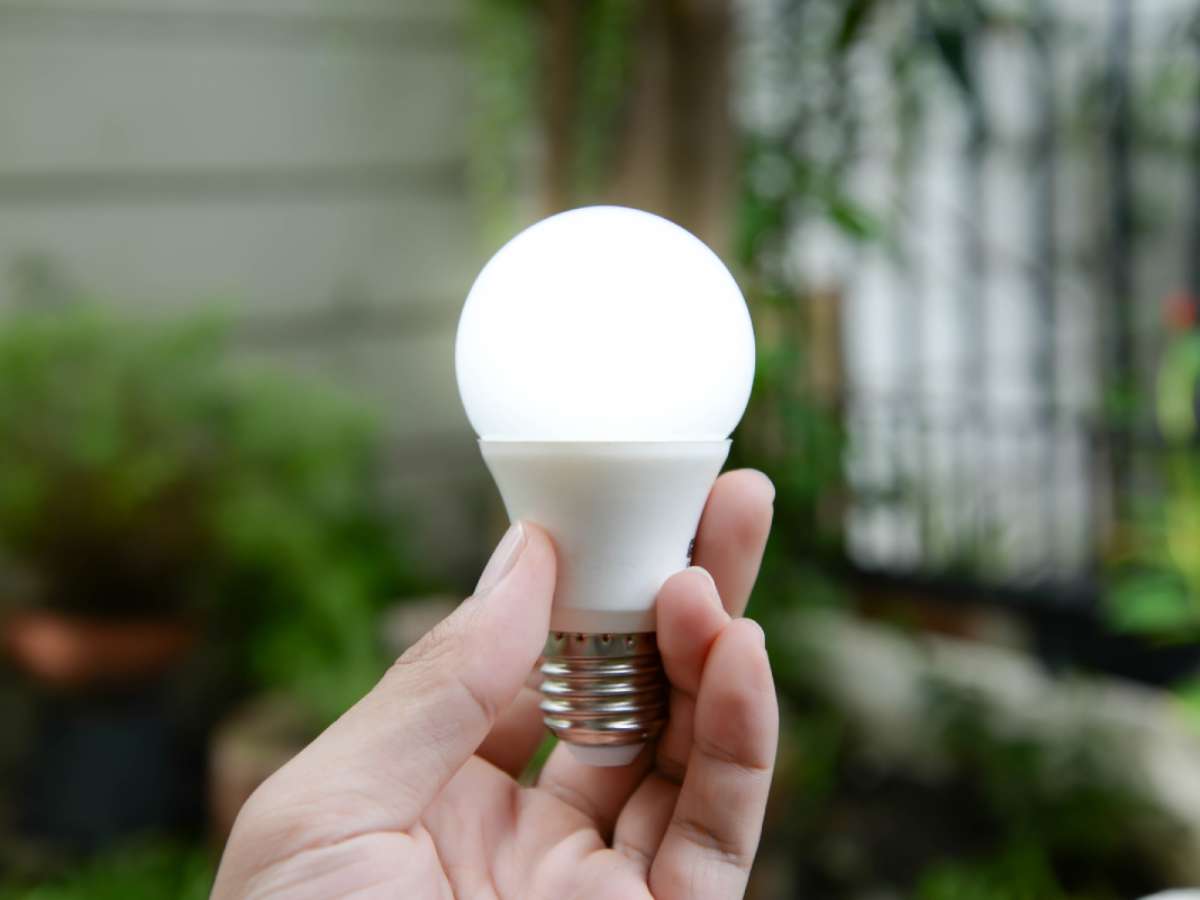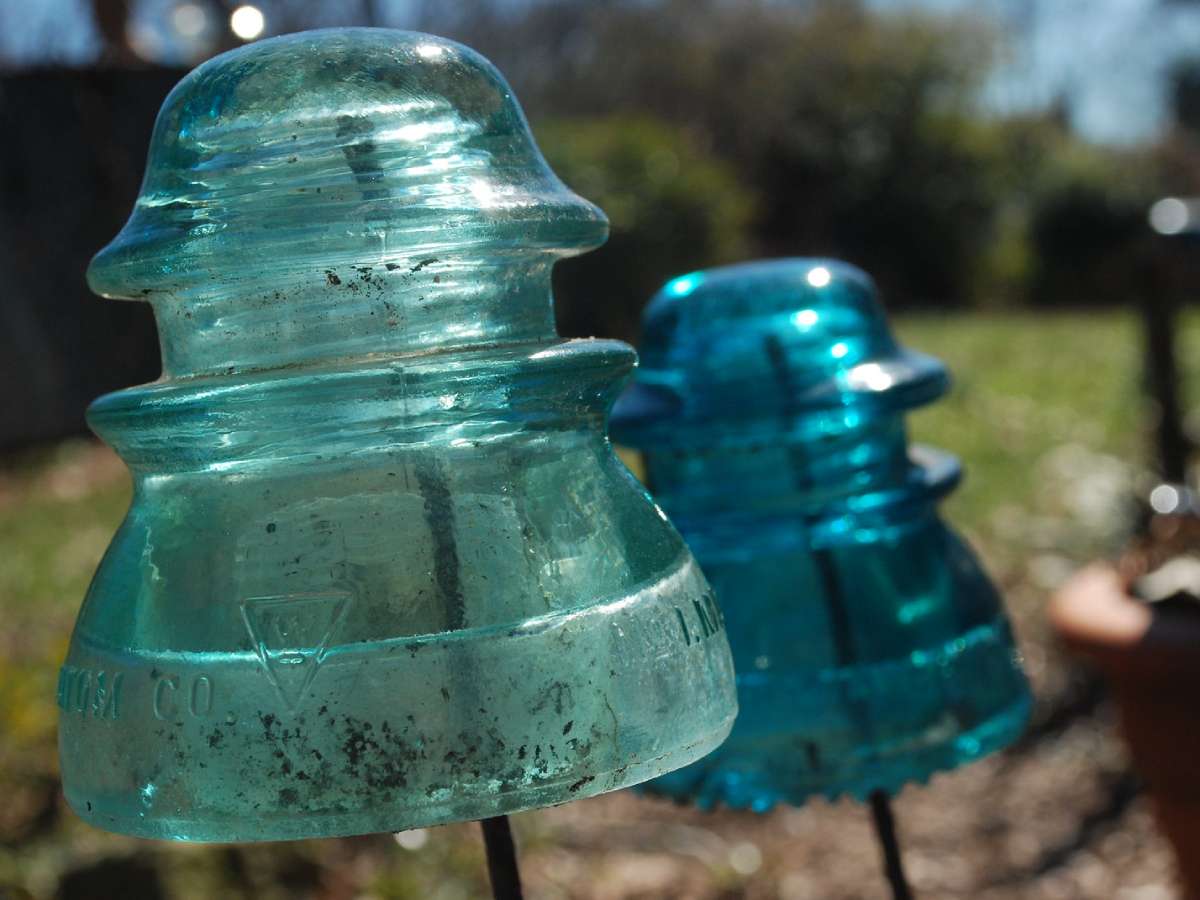 This year, Americans are projected to send 2 Billion…that’s billion, with a “B”…christmas cards.
This year, Americans are projected to send 2 Billion…that’s billion, with a “B”…christmas cards.
Multiply 2 Billion by .42 (the cost of postage), and Americans will spend 840 Million dollars, that’s $840,000,000, in postage alone during this holiday season.
(Dear God, someone please tell me I accidentally added a few extra zeros in there somewhere!)
Any idea where those 2 billion cards (and their envelopes) will end up? Yup, the dump!
This is part 2 of a series of posts that will show you how to create a simple, fun, FREE photo slideshow Christmas ecard, instead of contributing to the 840 million dollar monster.
The Guardian UK reports that in 2004, the UK sent 744 million Christmas Cards.
On that same note, UK-based website Friends of the Earth says, “If all these were recycled instead of thrown away, it would help to save the equivalent of 248,000 trees.“
Staggering. 248,000 trees sacrificed on the altar of Christmas cards. I guess we value our pseudo-obligatory holiday traditions more than things like…oh, I don’t know…oxygen.
(Yeah, trees convert CO2 into oxygen, for those of us who missed 3rd grade science class.)
Clearly, the value of simple, free, Christmas ecards needs no more validation, does it? They save us A LOT of money, trees, and time.
So how do you get one put together and sent out to your friends, family, and loved ones? that’s coming up next…
On the Other Hand…
If you MUST send traditional holiday Christmas cards, there are still things you can do to minimize your environmental impact:
- “Try the Natural Collection’s new paper range made of raffia fibres from the bark of the mulberry tree, coloured with sugar cane or banana. No trees are cut down to make it, as the fibres keep growing back.”
- “Try recycled cards decorated with vegetable-based inks.”
- Try cards from GalleryCollection.com, who’s stock was produced using wind-power.
- Prune that Christmas card mailing list, reducing the number of costly paper cards you send.
I think every little step toward living green is an awesome one… but eco-snobbery sucks! My goal is to help newbies learn the most important steps toward living green — individually and collectively. Personally, I strive to have as little impact as possible on Planet Earth while I'm here.




